
新闻中心
news information产品中心
product center成功案例
Success case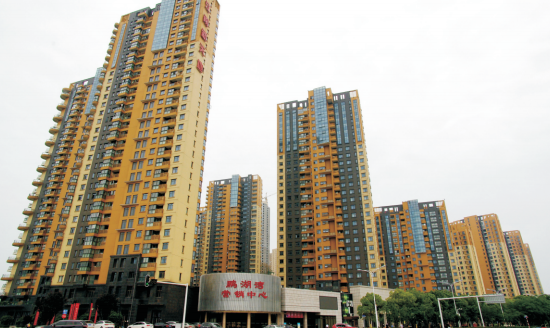
They are all using our products
鹏湖湾位于武汉市江夏文化大道,所有建材由德毅环保提供,由武汉中投房地产开发有限公司建成,总建筑面积66...
MORE +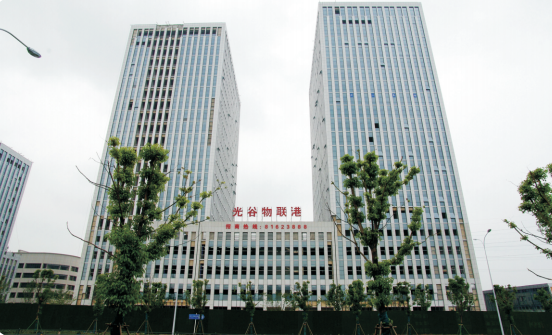
They are all using our products
光谷物联港位于武汉市东湖高新三环南,所有建材由德毅环保提供,由武汉天研科技开发有限公司建成,总建筑面...
MORE +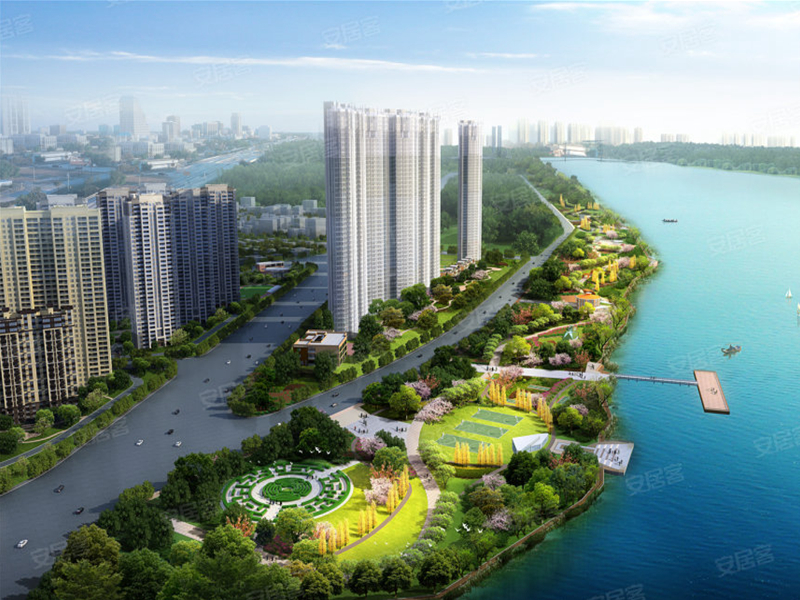
They are all using our products
雅居乐国际花园占据南城中心,后依南山远眺长江,咫尺城市与江山,同时占据国际大都市的形象之窗—两江四...
MORE +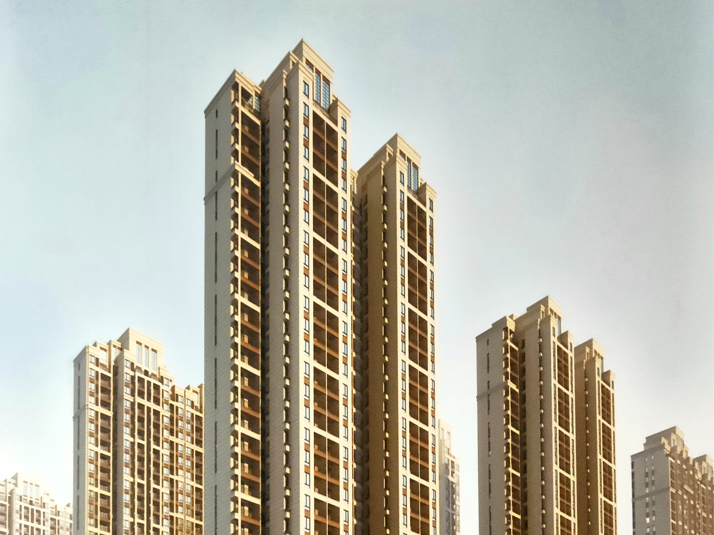
They are all using our products
江南新天地位于江夏区大桥新区,由德毅环保提供所有建材,总占地面积约500亩,总规划建筑面积约100万方...
MORE +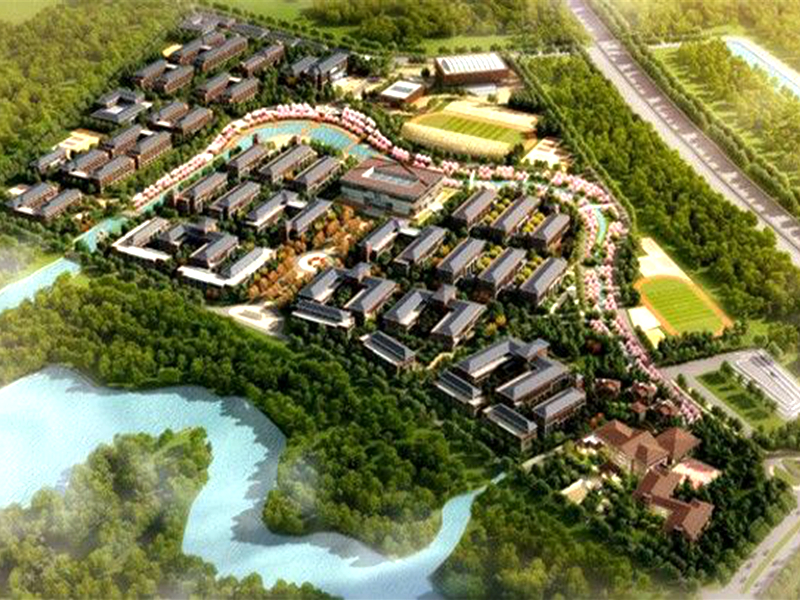
They are all using our products
本工程包含图书信息中心、系教学楼、公共教学楼、综合楼、学生宿舍、食堂、学术交流及培训中心、体育馆及...
MORE +




关于我们
about us